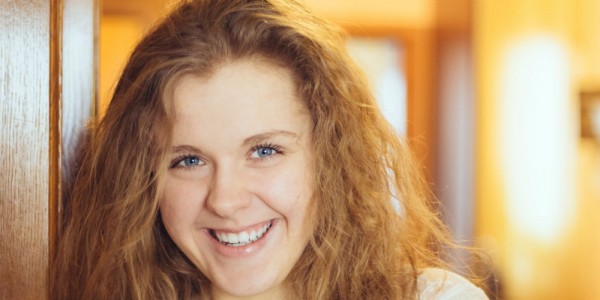When people learn that we have an open adoption with both of our daughters’ biological families, the first question we are usually asked is, “Aren’t you scared they’ll come knocking on your front door?”
The general fear is that biological parents are untrustworthy and selfish. Despite the sacrifice they made for their children, to place them for adoption, many hold to the belief that biological parents are manipulative and conniving—secretly planning avenues to reclaim their children. Thus, the conclusion is that adoptive parents should do everything they can to shield their children from their biological parents.
I have learned to respond to the “front door” question with honesty: “If they were knocking on my front door, I would let them in.” Typically, people are surprised or disgusted by my retort.
I understand why adoptive parents are skittish of open adoption. We initially chose to only participate in a semi-open adoption due to personal insecurities, media stereotypes, and a general fear of the unknown. But with time and a lot of education, mostly talking to other adoptive families and reading, we decided that open adoption was an option for our family.
Thankfully, we feel we made the right decision. Both of our girls see their biological family members three times a year. In between visits, we communicate through letters, pictures, text messages, phone calls, and e-mails. Our philosophy as an adoptive family is that our girls will always be tied to their biological families and we want to help them foster relationships with those who gave them life. Biological family members can answer questions we cannot such as, “Which family member has ears shaped like mine?” or “Where did I get my artistic talents?” to deeper questions such as, “Why was I placed for adoption?” Additionally, our girls experience the joy of being in the arms of their biological family members. The photographs of these visits are priceless.
I strongly believe that adoptive families shouldn’t say “no” to an adoption situation out of ungrounded fears. Upon researching open adoption, we discovered that it’s nothing like what the media and general public perceptions say it is. Open adoption is what the adoptive couple, the adoptee, and the biological family members make of it.
Ultimately, I never wanted to be the one to deny my daughters information about who they are and where they came from. Adoptive parents cannot pretend that the child’s first parents, their biological mother and father, are unimportant to the child’s identity and heart.
If you are pondering the possibility of open adoption, consider the following tips:
1: Research. Books like Lois Ruskai Melina and Sharon Kaplan Roszia’s The Open Adoption Experience will help you get started. Talk to adoptive families and biological families who are engaged in open adoptions. Ask them about the pros and the cons.
2: List your fears regarding open adoption. Address these fears with your adoption professional. Some adoptive couples assume all biological family members are somehow flawed because they are in a crisis pregnancy and are therefore not stable. Other adoptive couples battle with lingering infertility issues and take transfer those insecurities into the relationship they have with their child’s biological family.
3: Decide what open adoption means to you. Pictures and letters? Phone calls? Visits? If so, how often? Where? When? Your adoption professional can help you navigate the logistics.
4: Seek legal counsel. Open adoption agreements aren’t legally binding in most states; however, you should go into open adoption with the intention of following through on the promises you make to your child’s biological family members.
5: Be open to change. Biological family members, adoptees, and adoptive parents change, so naturally, so might the boundaries of the open adoption. Keep the communication lines open and keep your adoption professional involved to help navigate rough patches.
With the right attitude and plenty of education, open adoption can provide information, relationships, and communication between biological families and the children they placed for adoption.
Written by Rachel Garlinghouse, who is a mother of two baby girls through domestic, open, transracial adoption. She’s a part-time college writing teacher, freelance writer, and blogger. You can read more about her family’s adoption journey at: //www.whitesugarbrownsugar.com/

